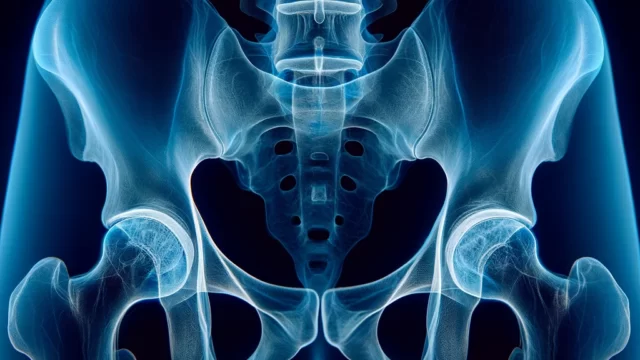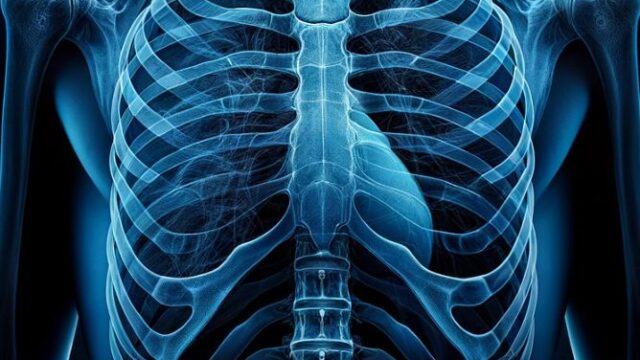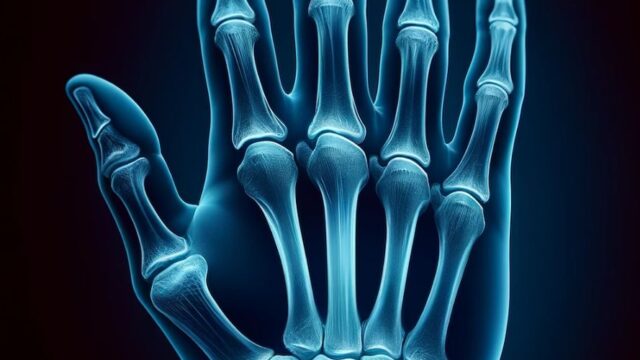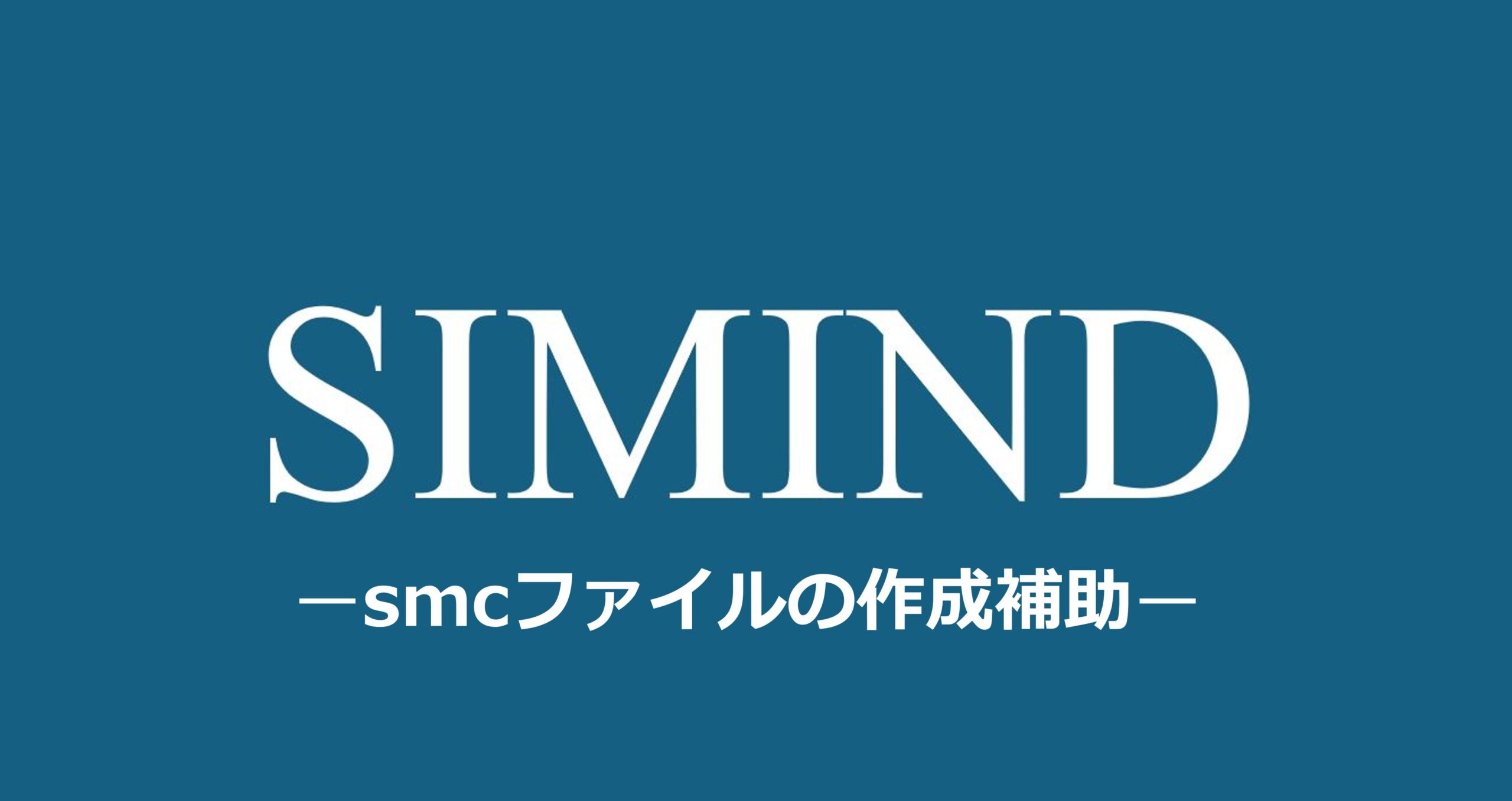Purpose
Observation of pleural effusion and pneumothorax in facilities where CT is not available.
Prior confirmation
Confirm whether to perform imaging in the anterior-posterior (AP) or posterior-anterior (PA) direction.
While maintaining the lateral decubitus position, wait for 5-15 minutes to allow for air ascent and fluid level formation.
Remove any obstacles that may interfere with the imaging, such as tubes, chucks, buttons, and other objects.
Positioning
The affected side down : Observation of pleural effusion (to prevent the effusion from overlapping with the mediastinal part).
The affected side up : Observation of pneumothorax (to prevent the air from overlapping with the mediastinal part).
Place a cushion under the body to ensure that the lower side is included in the image.
Align the mid-sagittal plane parallel to the floor.
Minimize shoulder and pelvic rotation to align the coronal plane parallel to the cassette.
Slightly flex the knees to stabilize the posture.
Raise both arms to keep them outside the radiation field.
Elevate the chin.
Use a 14×17 inches cassette and position the top edge 5 cm above the shoulder joint.
Place an RL marker.
CR, distance, field size
CR : Horizontal beam directed towards the center of the cassette.
Distance : 100-200 cm.
Field size : In the cranio-caudal direction, use a 17 inches size, and in the left-right direction, narrow it down to the skin surface.
Exposure condition
90kV / 5mAs
Grid ( + )
Full inspiration.
Image, check-point
Radiopaedia
Confirm that the range from the diaphragm to the lung apices is projected.
Confirm that the vertebral bodies are clearly projected at the center of the image without any curvature.
Confirm that the spinous processes are visible at the center of the vertebral bodies.
Confirm that the lower side is visible for observation.
Confirm sufficient inspiration (the 10th rib is visible above the diaphragm).
No blurring.
Videos
Related materials















